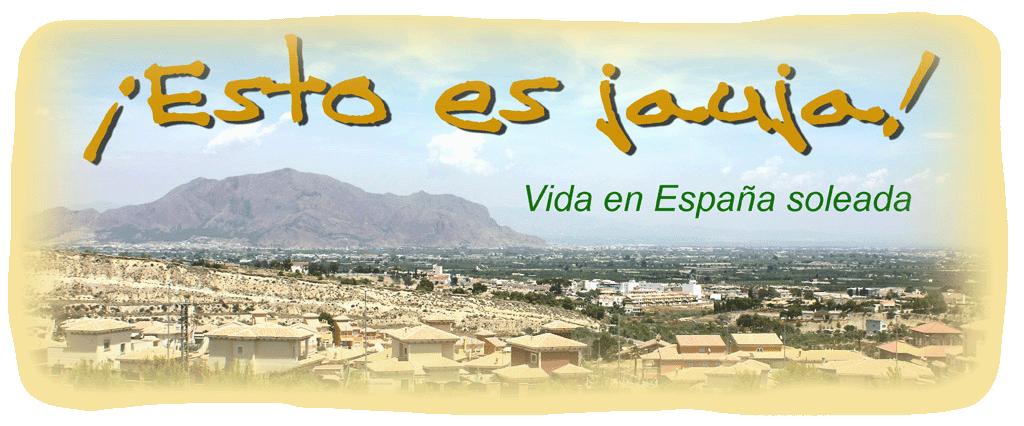The devastating effects of the two nuclear bombs that the US dropped on Hiroshima and Nagasaki in 1945 are well documented. At the time it seemed to be the only way to end the war with Japan who were ignoring the call for surrender in the Potsdam Declaration. They did cause the death of hundreds of thousands of innocent civilians both at the time and subsequently.
However, in the process of developing their nuclear might before and after the war ended, there were a number of “accidents” which are not so well documented.
In the 1966 for example, four unexploded nuclear bombs fell near Palomares, a fishing village in Almeria Spain, when a B-52 bomber collided with a refuelling aircraft. The subsequent clean up of 1,300 cubic metres of contaminated soil that was shipped to the Savannah River nuclear reservation in South Carolina still left 50,000 cubic metres, about half a tonne of plutonium, remaining on site.
Spain has nowhere to to store the contaminated soil which will take thousands of years to loose its radioactivity so they are insisting that the US completes the job. Estimates show that by sifting the soil, the contamination could be reduced to 6,000 cubic metres – enough to fill a bulk carrier.
The US is worried that, if they meet the demand to clean up the area near Palomares, then other countries where they conducted nuclear tests would make similar demands. Too bad, as my mother used to say, “if YOU make a mess, then YOU clean it up”.

No comments:
Post a Comment